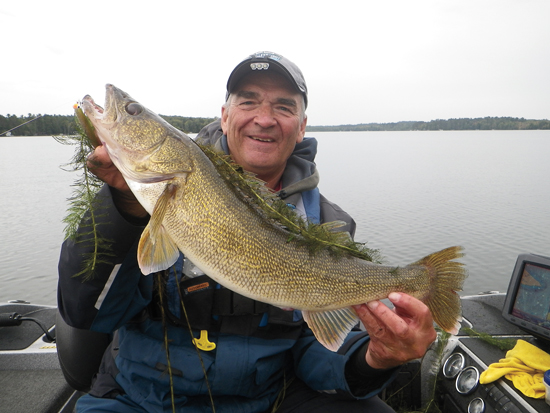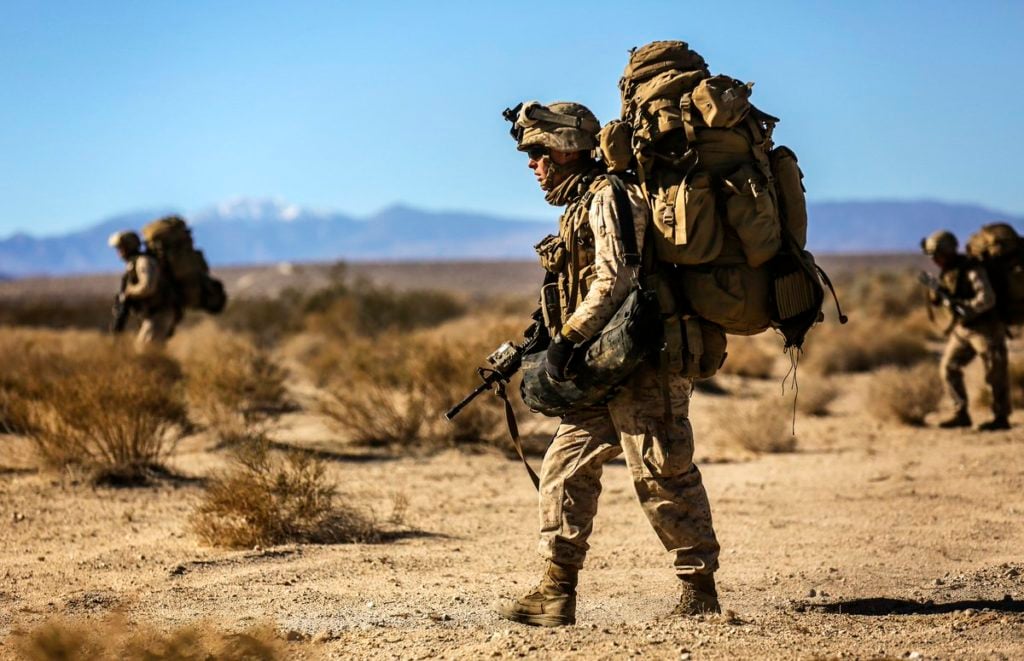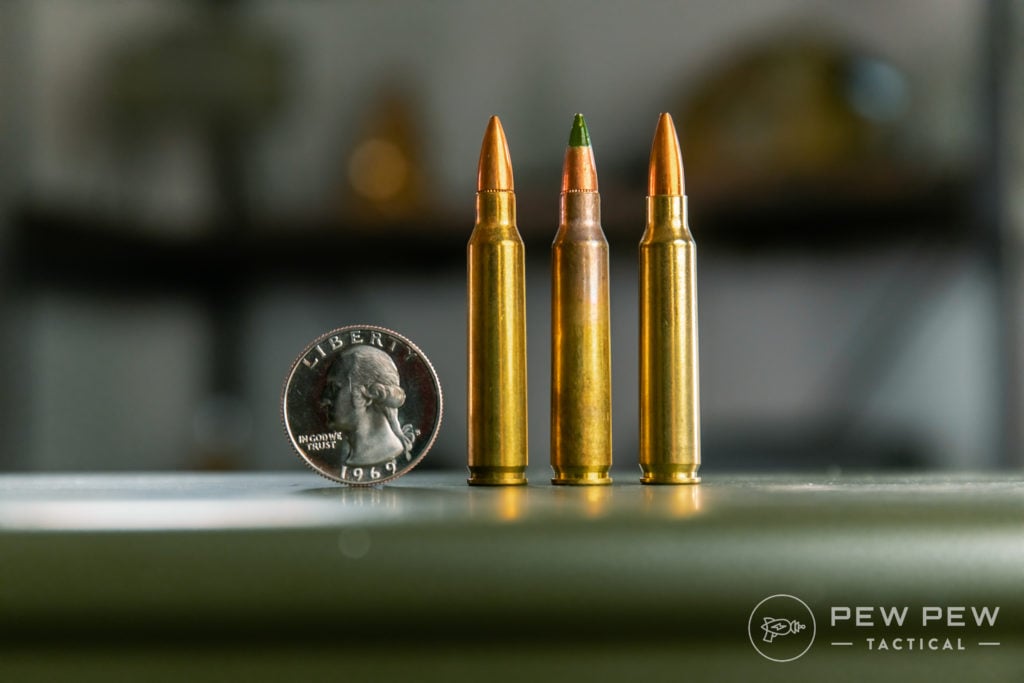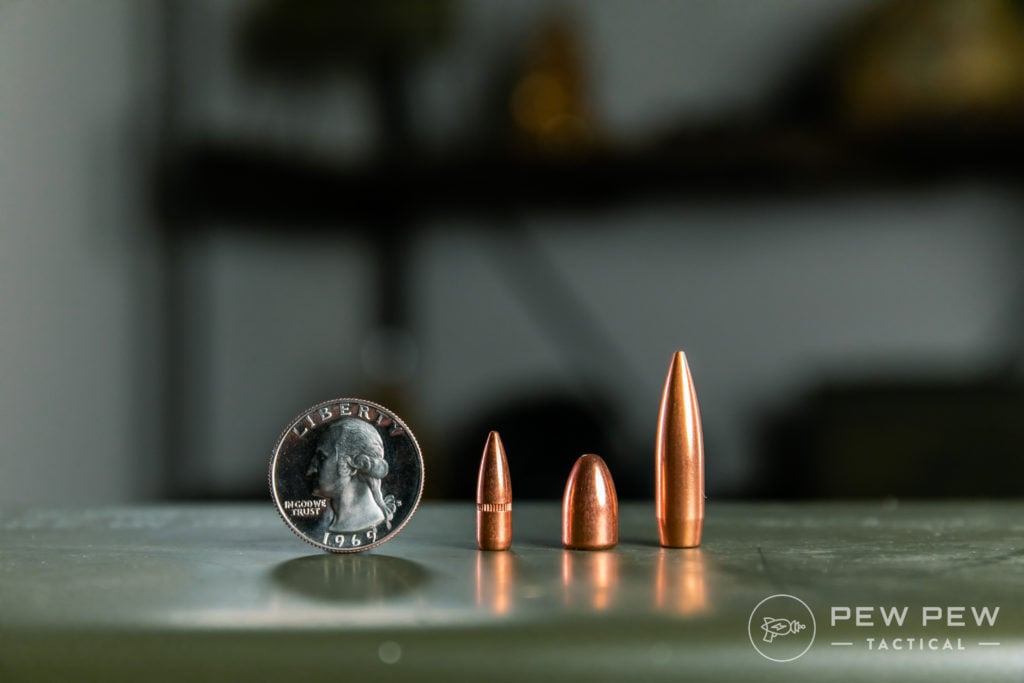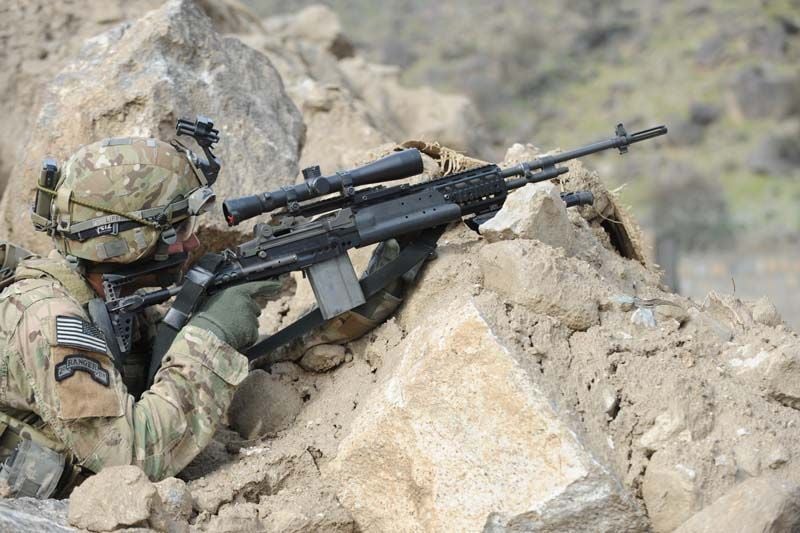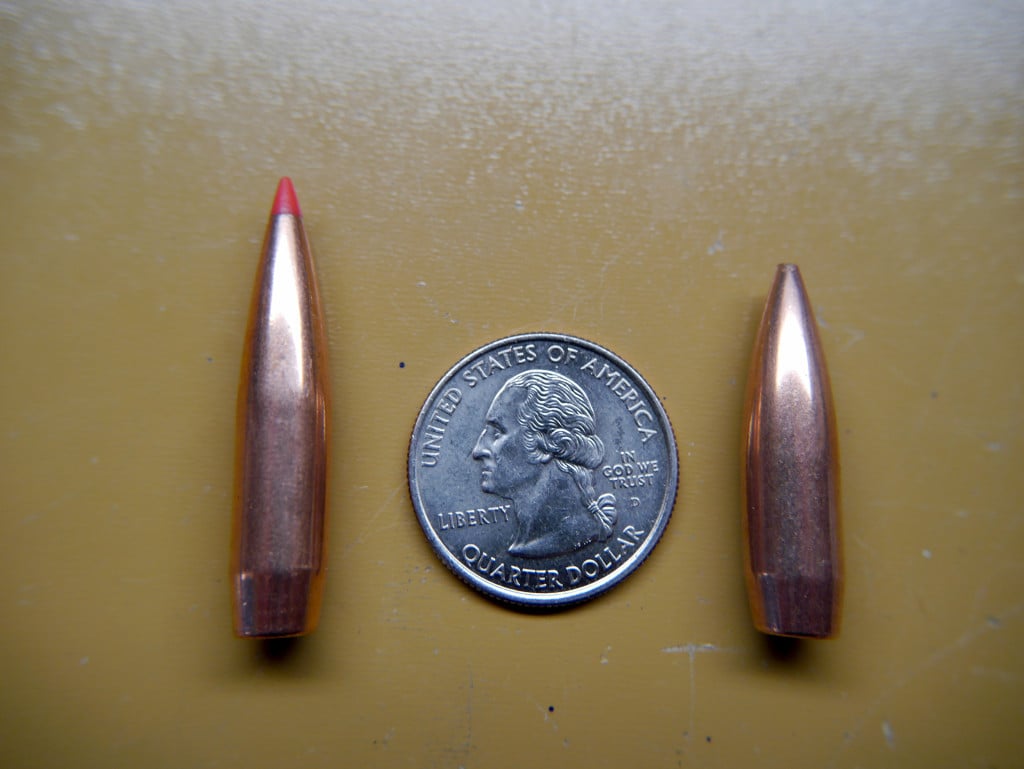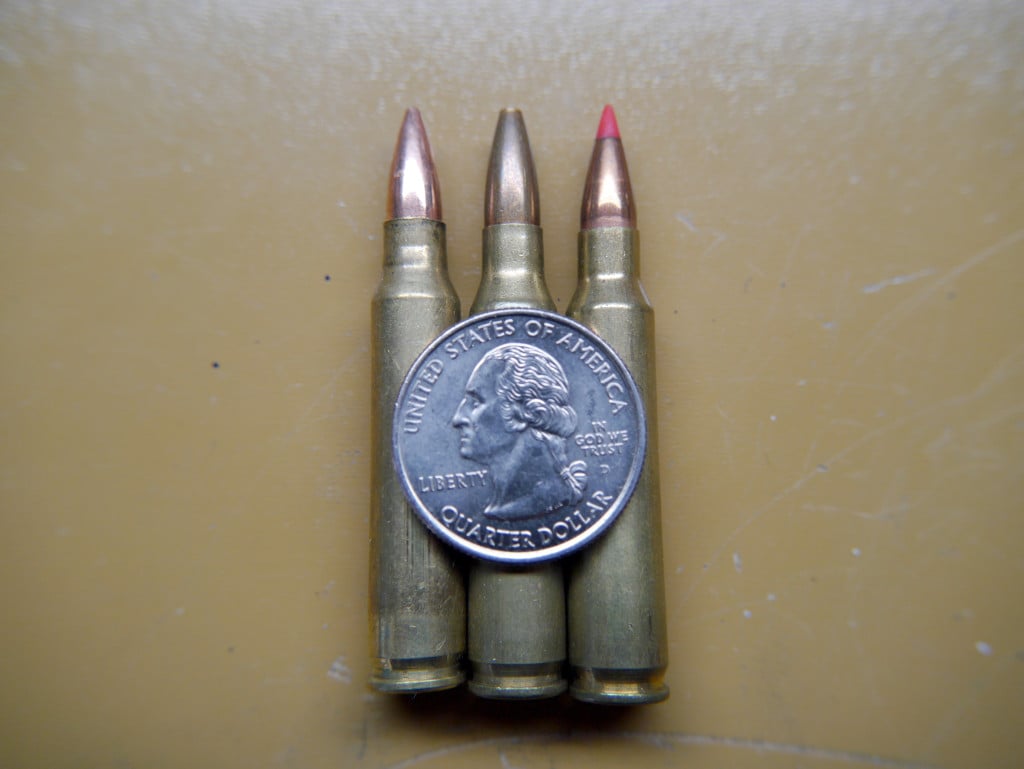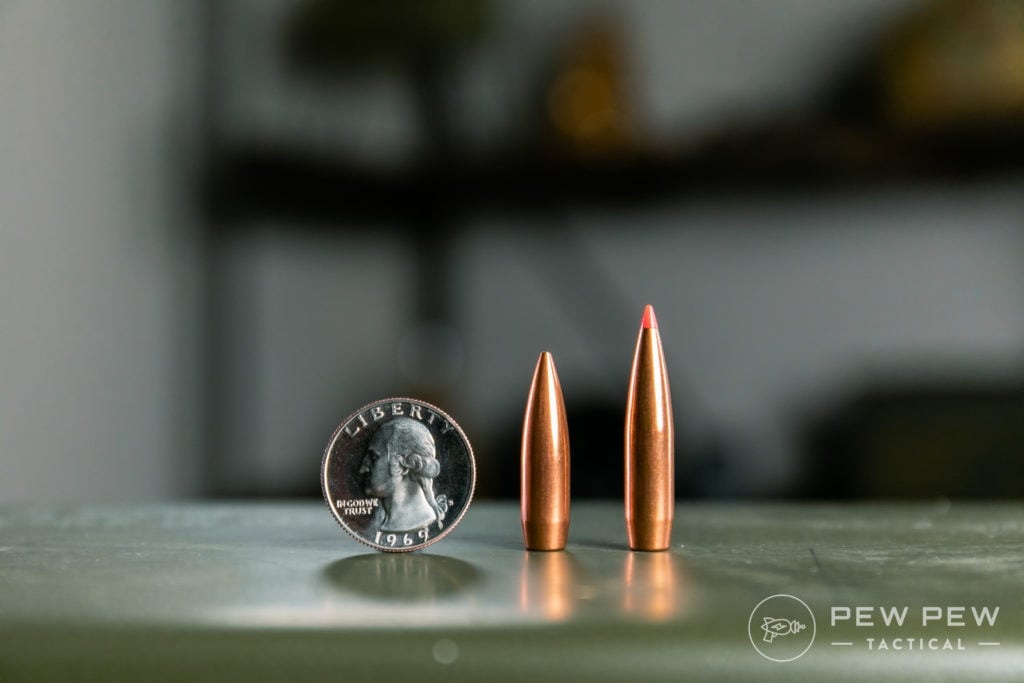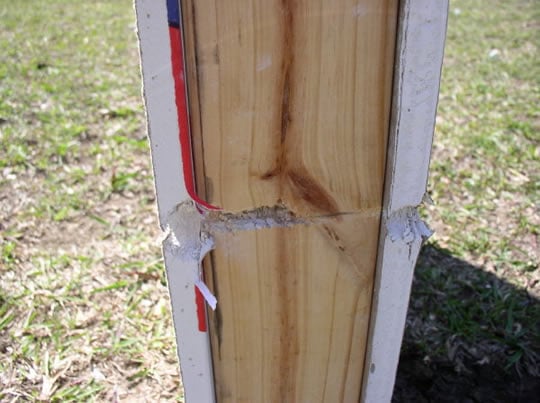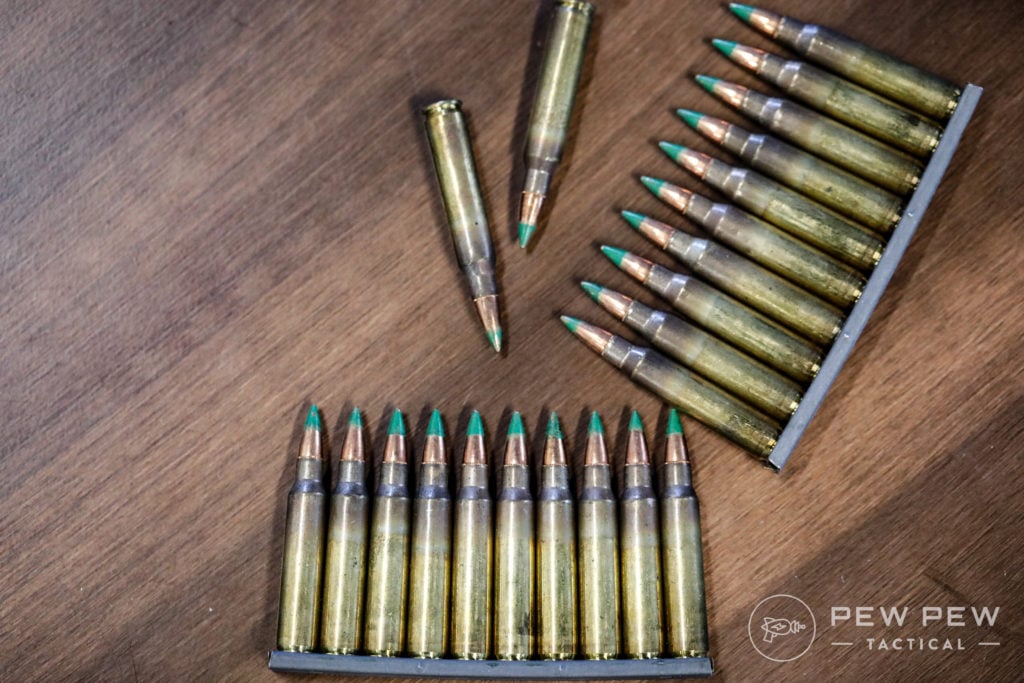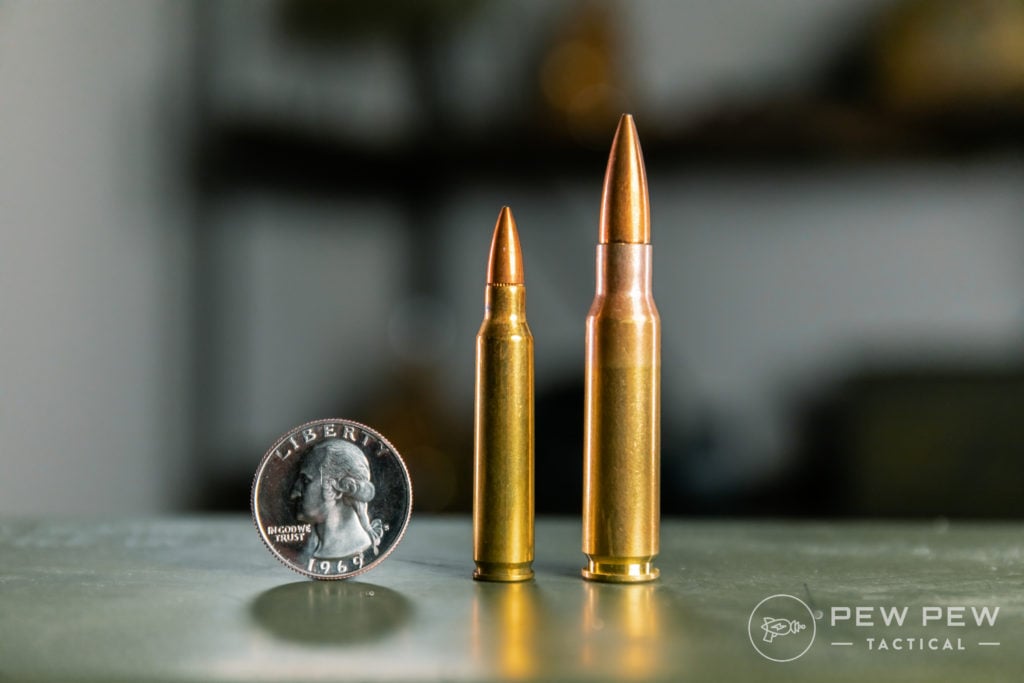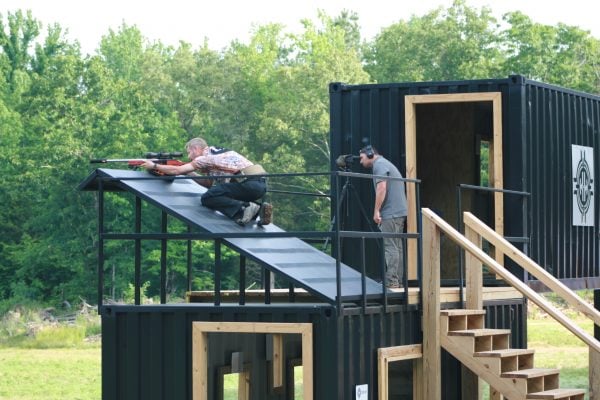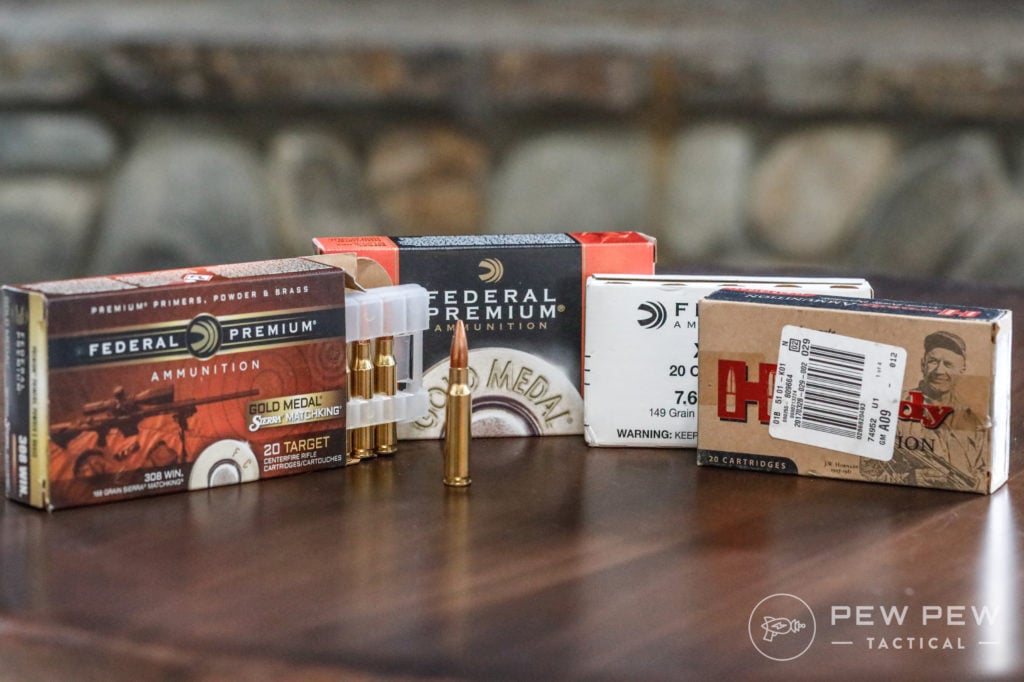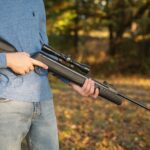Sharing is caring!
Editor’s Note: Bob Judkins, an experienced crappie fisherman and member of the Oregon Bass & Panfish Club, offers his favorite equipment and tackle choices as well as some tips about where to catch local crappie, especially in the spring.
Table of Contents
- Recommended Crappie Rod: Cascade Pro Series
- Recommended Crappie Reel: Wally Marshall Pro WP30 Spinning Reel
- Recommended Crappie Line: Bass Pro Shop Premium Excel Monofilament Line
- Recommended Crappie Bobber: Weighted Torpedo Foam
- Recommended Crappie Lure: Northland Fire-Fly Feather Jig
- Recommended Crappie Bait: Berkley Crappie Nibbles
- When and Where to Catch Crappie in Oregon
Recommended Crappie Rod: Cascade Pro Series
5′-6″ light-action spinning1/8 – 1/4 ounce lure, 2 – 6 pound line
This rod is really light, so you can fish all day without much arm fatigue. That’s a great plus for older anglers like me.
My other rod is a Wally Marshall Signature Series WM80CP-2, 8′ light-action, 1/16 – 1/4 ounce lure weight, 2 – 6 pound line. That rod is good for fishing brush piles because it has a longer reach and a good backbone for lifting big slab crappie out of the nastiest brush pile.
Ultra-lights and micro-lights are fun rods for crappie fishing. I don’t use them anymore. I’ve lost too many big fish such as bass and channel cats while fishing for crappie with those rods, and you will probably hook one of these monsters while crappie fishing.
If you are a first-time crappie angler, you don’t have to go out and buy a dedicated crappie rod. The rod that you may have been using for trout fishing will work just fine.
Recommended Crappie Reel: Wally Marshall Pro WP30 Spinning Reel
Weight: 7.6 ounces; 6 bearingsLine capacity: 160 yards / 6-pound line
This reel has a larger spool than most small reels. The larger spool helps reduce line twist, a common occurrence when using monofilament line and light jigs. The drag of this reel is really smooth and it will handle the largest of fish.
6-pound test, clear blue fluorescent (for high visibility)This is the fishing line I always end up using. It’s easy to see and “line watching” is important when you fish for crappie. Also, the memory of this line is not bad at all.
As far as super lines are concerned, I have used the Fireline Crystal in 6-pound test. It handles great and casts a long distance with no line twist, but I recommend that you tie on a clear monofilament leader.
The reason is as follows: A few years ago, I was fishing for crappie at Brownlee Reservoir with a friend. We were fishing the same depth, using identical jigs and bobbers, but we had on different fishing lines – mine was monofilament and his was a “superline.”
I was catching fish on every cast, but my friend was not. We then switched rods to see if that would make a difference. It did – no fish for me, but a fish on every cast for my friend. The conclusion was very clear to us: If you use a “superline,” tie on a clear leader.
Recommended Crappie Bobber: Weighted Torpedo Foam
Length: 1 ½” or 2”
There are so many types of floats to choose from – balsa, plastic, foam – and they all work well. I prefer the weighted torpedo foam for a longer cast.
Recommended Crappie Lure: Northland Fire-Fly Feather Jig
Sizes: 1/16, 1/32 and 1/64 ouncesColor: Parakeet.
This Northland jig is my favorite “go to” jig in color and size. I like its slow fall and small profile. It is a good jig for all panfish. My second “go to” jig is a Northland Gypsi Jig with crystal-flash in chartreuse and in 1/16 to 1/32-ounce sizes.
I use this jig in late summer and fall. It has a bigger profile with lots of flash. Soft plastic crappie jigs of different shapes and colors work well, too. If that’s what you have, use them.
COLOR?I’ve asked lots of crappie anglers, “What color is your favorite?” Their answers covered so many different colors. It may be that when crappie are on the bite, color may not be that important. But, when the fishing is tough, I “go to” the small Fire-Fly and white Crappie Nibble.
Recommended Crappie Bait: Berkley Crappie Nibbles
Color: White.
Crappie Nibbles come in other colors – pink, chartreuse, glow-in-the-dark. I’ve used them all. But WHITE nibbles are the ones to use and “I don’t leave home without them!”
Crappie Nibbles are really soft. If you take them out of the jar, spread them out and let them air-dry for 24 hours, they will firm up a bit and stay on your jig longer when used. But, if you dry them too long, they will become rock hard and you would not want that to happen. I keep two jars of “cured” nibbles ready to go.
When and Where to Catch Crappie in Oregon
For the beginner, the best time to fish for crappie is during spawning time in the spring. This is one of the easiest times to catch crappie. Spawning takes place when the water temperature is 62 – 65 degrees. Around Portland, this may be in May and June (give or take a couple of weeks). Small shallow ponds and lakes warm first.
My favorite small body of water is Vernonia Lake, located just south of the town of Vernonia, Oregon. To get there, take Highway 26 west to Highway 47; turn right; follow Highway 47 to Vernonia. Continue driving through town and you will find the lake to your right.
The travel distance from downtown Portland is about 50 miles. This lake is very people friendly. It has wheelchair accessibility, a small gravel boat ramp (boats with electric motors are allowed). Special Regulation: The limit is 10 crappie per day; no minimum length.
When I fish Vernonia, I go to the left of the parking lot and down to the wheelchair dock.
Most anglers will be fishing for trout in the main lake. I turn around and fish back toward the bank. I also fish the shade under the dock.
Use a 1/64 ounce Fire-Fly with Crappie Nibbles, a bobber, and jig it 2-3 feet down. This is a good place to start. If you don’t catch fish here, just move around the lake and try different spots.
In the Portland area, Swan Island Lagoon (on the lower Willamette River) can be a good spot. It’s a popular place and if your timing is right, you will have lots of company! It has good bank access.
Fish the west side of the Lagoon. Look for logs, pilings, docks and shade. They are all good spots to fish.
The Oregon Bass & Panfish Club is involved in a variety of angler education and fisheries enhancement activities. See their club page on this website.








![Air gun 101: The differences between .177 & .22 – Which jobs they do best ? [Infographic]](https://airgunmaniac.b-cdn.net/wp-content/uploads/2024/11/1773-218x150.jpeg)







































